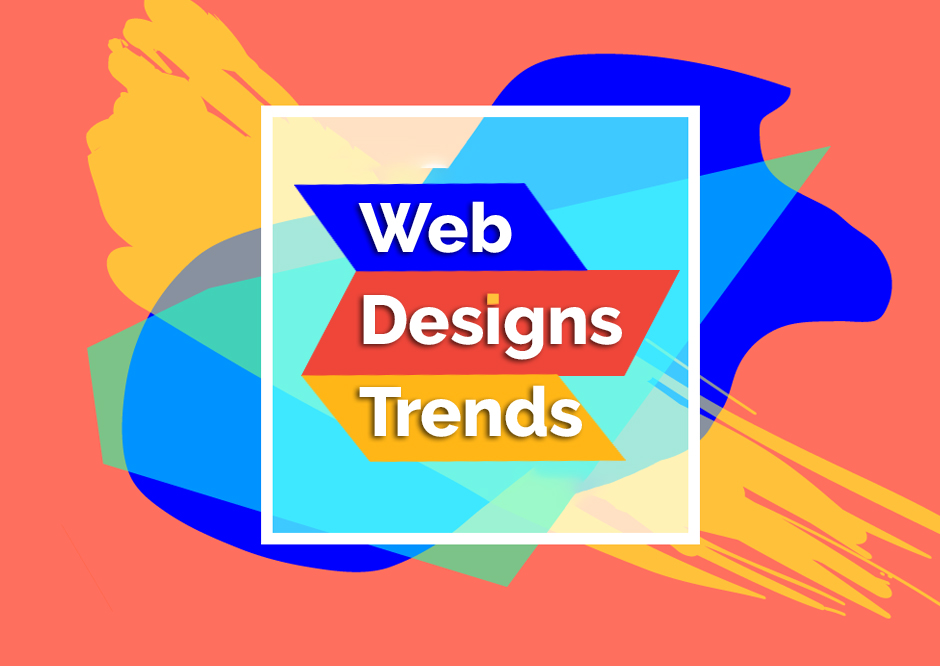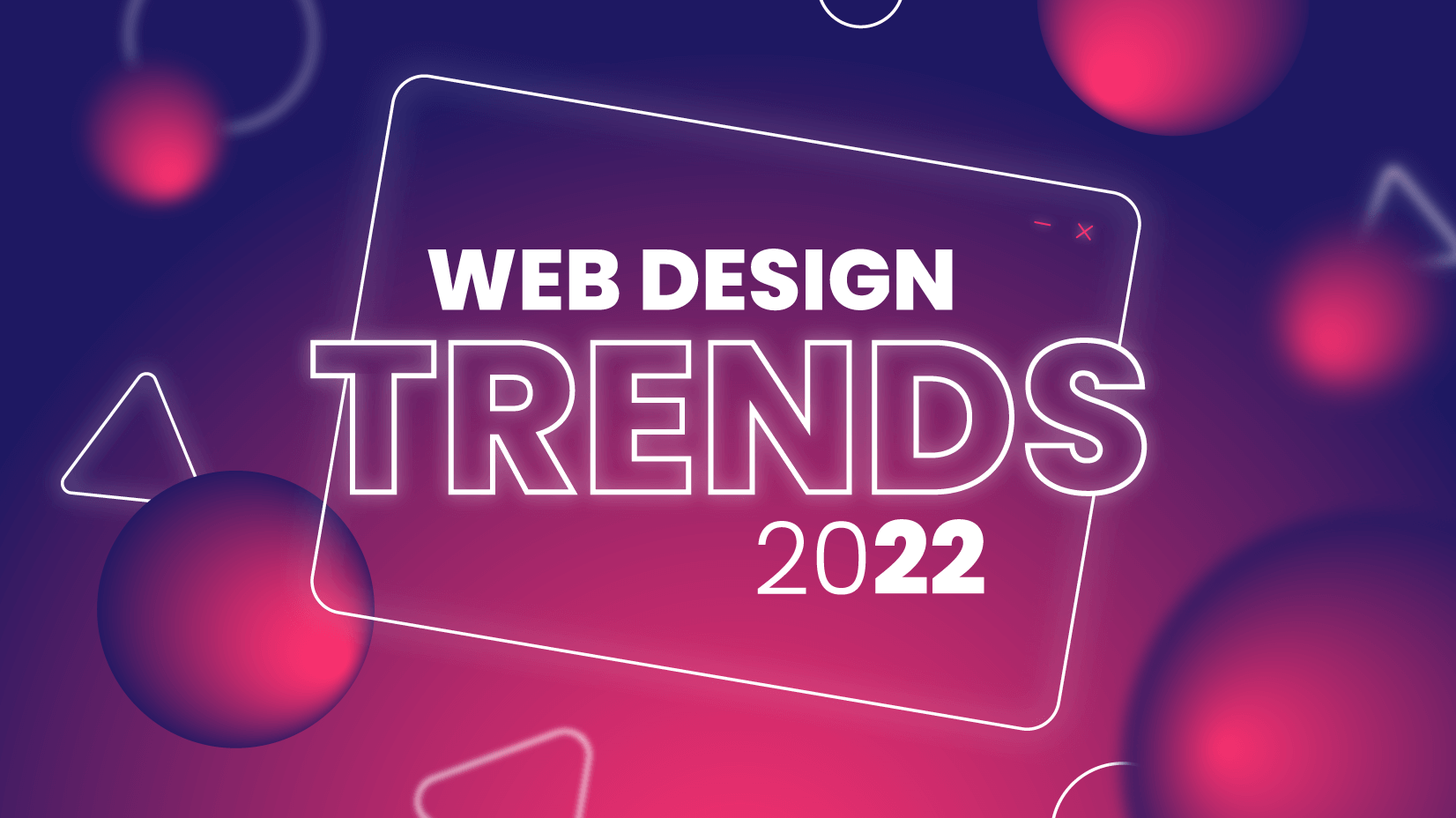
Top Web Design Trends to Follow
Web Design Trends
Using web design trends can help you draw on the latest techniques to meet user needs—but you also need to ask questions and weigh which trends will most benefit your particular users and brand.
Speak to your customers before and after you make any big design decisions to ensure those website changes solve their problems and create an optimal user experience.
Current Web Design Trends:
Bold Typography
While the use of bold typography can be an excellent way to capture attention, it is important to use it sparingly. If every element on a page is shouting for attention, the overall effect will be confusing and off-putting. However, when used judiciously, bold typography can be a powerful marketing tool for making your words stand out from the crowd. It’s always best practice to work closely with content writers to ensure you have punchy headlines and succinct content to ensure the typography really pops.
Lightweight and Serif Typography
Sitting on the other end of the spectrum, lightweight typography is another trend that’s been gaining steam in recent years. This style uses thin, delicate fonts that are easy on the eyes and don’t require a lot of bandwidth to load. Because of this, they’re especially well-suited for use on mobile devices. In addition, many lightweight fonts come in multiple weights (e.g., light, regular, bold). Which gives designers more flexibility in terms of creating a hierarchy of information.
Fun, Optimistic Designs
Web design is constantly evolving as designers experiment with new ways to create innovative and user-friendly marketing sites. In recent years, there has been a shift away from minimalistic designs and towards designs that are fun and optimistic. In these designs, you’ll notice a lot of bright colors, organic shapes and textures, and beautiful imagery. This trend is likely to continue in the future as designers seek to create websites that are both visually appealing and memorable.
Mega Footers
As anyone who has ever built a website knows, the footer is one of the most important parts of the design. Not only does it provide a place to put important information like contact details and copyright notices, but it can also be used to improve the overall look and feel of the site. In recent years, we’ve seen a trend towards larger, more elaborate footers that take up more space on the page. These so-called “mega footers” are becoming increasingly popular, for several reasons.
First, they allow designers to include more information and links in a single place.
Second, mega footers can help create a more unified and cohesive look for a digital website.
Finally, mega footers can be used to add an extra layer of interactivity and engagement by including features like newsletter signups and live chat widgets.
Visual Borders
With websites becoming more and more complex, it’s important to use visual borders to help organize the content and create a clean and professional look.
Visual borders can also used to create a sense of space on the page. Making the website appear to float within the limits of the screen. In 2022, web designers are using visual borders more than ever to create a variety of looks, from clean and corporate to fun and funky.
Images of Real People
One key web design trend of recent years has been the use of real people instead of traditional stock photography. This shift driven by several factors, chief among them the increasing importance of authenticity and connection in our digital lives. In a world where we increasingly bombarded by advertising, users are craving connections to real people and stories.


